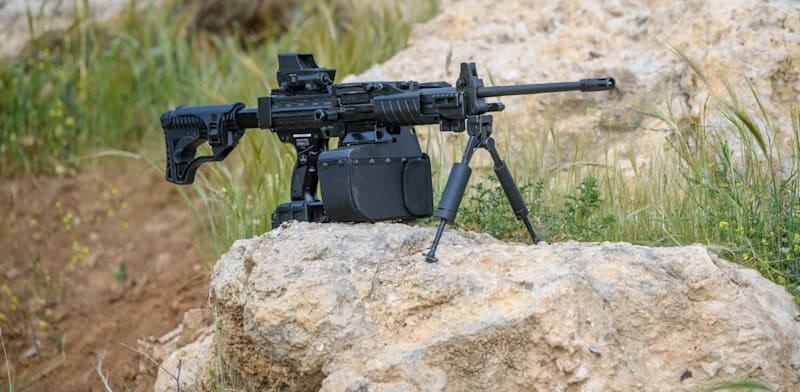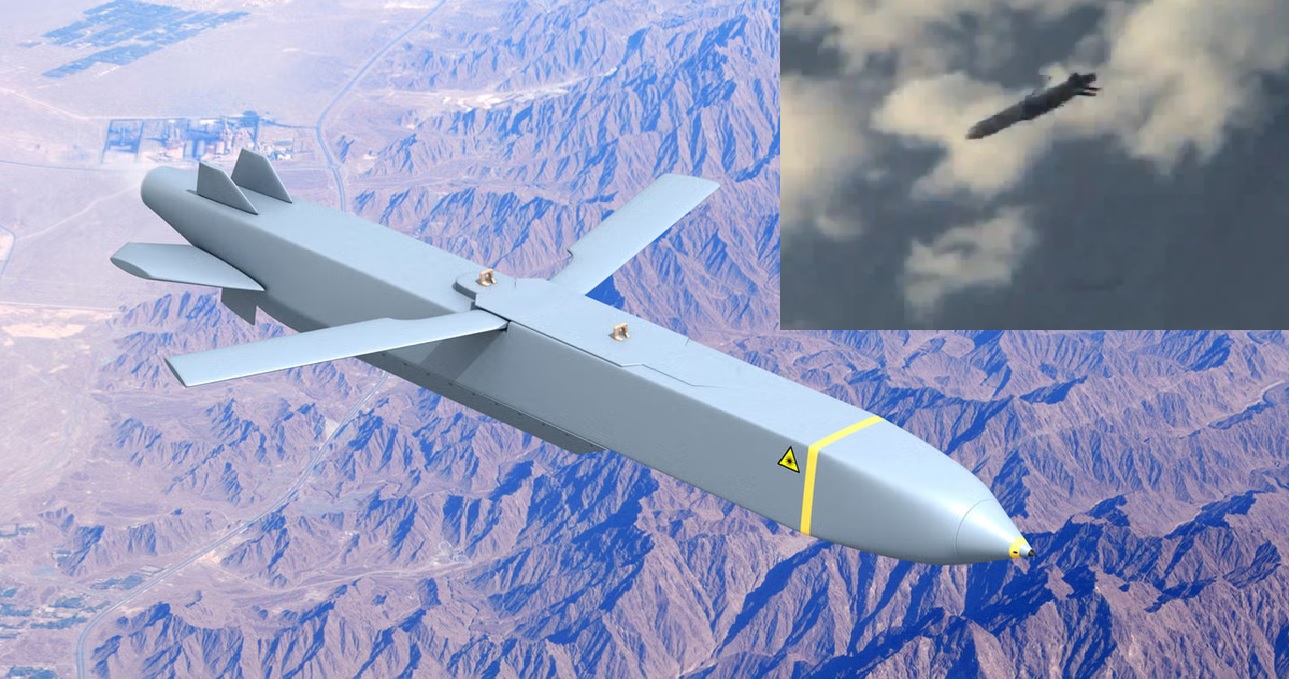Indian Air Force Equips Tejas Mk1A with Israeli Self-Protection Jammers Amid Indigenous ASPJ Pod Testing

The Indian Air Force (IAF) is rapidly advancing the operational readiness of its Light Combat Aircraft (LCA) Tejas Mk1A with a series of enhancements aimed at maximizing its survivability and effectiveness in contested airspace. The latest addition to the Tejas Mk1A is the Israeli-made ELL-8212/ELL-8222 Self-Protection Jamming Pod, an advanced electronic countermeasure system developed by ELTA Systems to protect fighter jets from radar-guided missile threats. The move underscores the IAF's commitment to equipping its fleet with top-tier technology while indigenous solutions remain in development.
Enhancing Combat Survivability with Israeli Jamming Pods
The integration of the ELL-8212/ELL-8222 jamming pods provides the Tejas Mk1A with a crucial line of defense against enemy radar systems. These compact, lightweight pods are engineered to disrupt radar frequencies used by hostile missile systems, effectively "jamming" enemy radars and concealing the jet from detection. The ELL-8212 is specifically optimized for self-defense in air combat, while the ELL-8222 variant offers expanded jamming capabilities, enhancing mission survivability in high-threat environments.
The pods' design also ensures minimal drag, preserving the Tejas Mk1A's speed and maneuverability while allowing pilots to conduct missions with greater confidence against air-based and ground-based radar threats. Furthermore, the modular nature of the jamming system means the Tejas Mk1A can adapt its countermeasures to the specific mission profile, providing flexibility to the pilot.
Indigenous ASPJ Pod in Development: A Step Toward Self-Reliance
While the ELL jamming pods offer immediate operational benefits, the IAF is working closely with India’s Defence Research and Development Organisation (DRDO) to develop an indigenous electronic warfare (EW) solution known as the Advanced Self-Protection Jammer (ASPJ) Pod. Still in the testing phase, the ASPJ is being tailored to meet the unique needs of the IAF and is expected to eventually replace the Israeli pods as the primary self-protection system for the Tejas Mk1A fleet.
Reports indicate that DRDO’s ASPJ is designed to not only match but potentially exceed the capabilities of the ELL system, specifically adapting to the operational demands of the Indian Air Force. The ASPJ, along with the indigenous Uttam Active Electronically Scanned Array (AESA) radar, is expected to be installed on Tejas Mk1A units from the 51st production unit onward. This phased integration plan allows the IAF to fulfill immediate defense requirements with the ELL pods while DRDO completes the rigorous testing and validation required for the ASPJ’s full operational deployment.
Powering Offensive Capability with Astra MkI Missiles
In addition to defensive upgrades, the Tejas Mk1A is also being outfitted with Astra MkI Beyond Visual Range (BVR) missiles. These indigenously developed air-to-air missiles are capable of engaging targets at distances of up to 110 kilometers, providing the Tejas Mk1A with powerful offensive capabilities in long-range engagements. Astra MkI’s range and precision make it a formidable asset, giving pilots a crucial advantage in maintaining air superiority while keeping adversaries at a safe distance.
Balancing Immediate Needs with Indigenous Development
The dual approach taken by the IAF—acquiring proven international technology for immediate requirements and simultaneously investing in homegrown solutions—demonstrates a strategic blend of operational readiness and self-reliance. The choice to integrate both the ELL jamming pod and Astra missiles into the Tejas Mk1A not only enhances the aircraft’s performance in the short term but also provides the IAF with invaluable experience in electronic warfare as it awaits the ASPJ’s operational rollout.
By equipping the Tejas Mk1A with the Israeli ELL jamming pods while DRDO completes the ASPJ, India is ensuring that its pilots are prepared and protected in high-threat scenarios without delay. Once the ASPJ and Uttam radar systems are operationally ready, they will offer the IAF an entirely indigenous solution for its future fleet, reducing reliance on foreign technology while reinforcing India’s strategic defense capabilities.
This approach aligns with India’s broader goals of defense self-sufficiency, ensuring that the Tejas Mk1A remains a modern and effective platform well into the future. With a blend of cutting-edge imported technology and promising indigenous solutions, the IAF is positioning the Tejas Mk1A as a versatile and formidable asset in India’s air defense strategy, prepared for both current operational demands and future challenges.


